4-4-2 : The Types
May 27, 2019 • 311 views
The 4-4-2 is one of the classic and commonly used formations in football. It consists of four defenders, four midfielders and two forwards. It is used when a team wants to keep the ball in possession of its midfield, shield the defence and stretch the width so that the opponents may also stretch their formation and the area close to the goal may be freed from opposition defenders. The constantly evolving game and tactics lead to the different types of this formation. The types differ in the position/role of the midfielders or forwards. Its different types are explained below :
1. 4-4-2 FLAT :
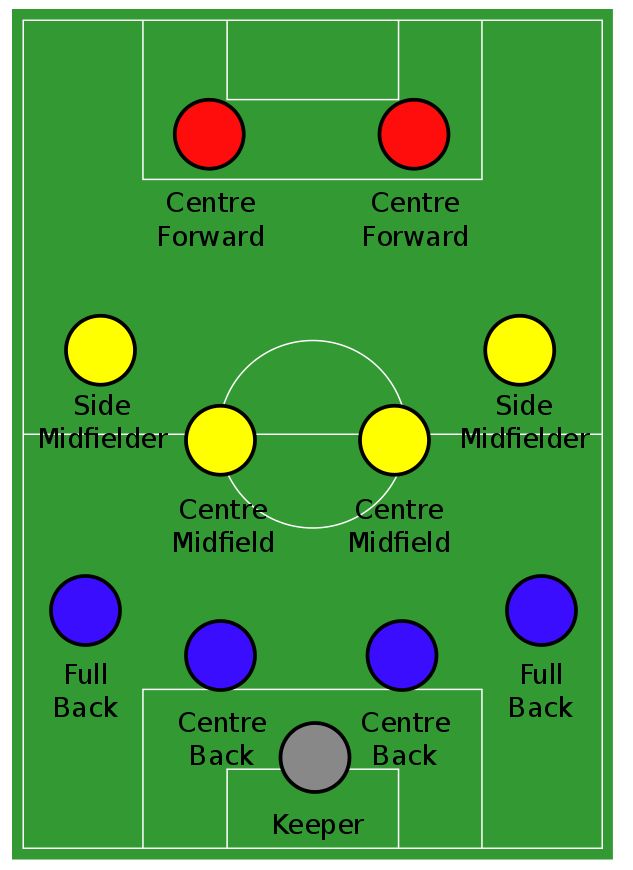
As the term "flat" suggests, the midfielders are arranged in a flat straight line/arc, just in line with the defenders and the wide midfielders being the most advanced. The midfielders are required to work hard to support both the defence and the attack: typically one of the central midfielders is expected to go upfield as often as possible to support the forward pair, while the other will play a "holding role", shielding the defence; the two wide midfield players must move up the flanks to the goal line in attacks and yet also protect the full-backs. Thus, the defence is protected with two players on each flank which makes it difficult for opponents to penetrate through the flanks and a lead can be protected. Both the strikers play as "targets" and most goals of the team cone through them. The use of this type has decreased through time and has been replaced by evolved formations, but this still remains an important one to be used to protect leads and flanks.
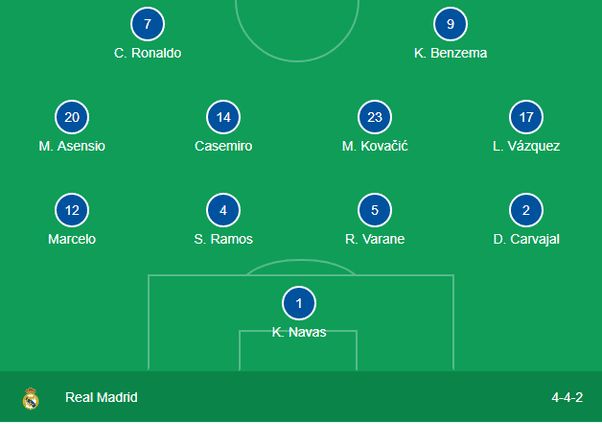
Real Madrid in a flat 4-4-2, PSG v RMA, UCL 17-18 QF leg 2.
2. 4-4-1-1 WITH A SS/AM :

A variation of 4–4–2 with one of the strikers playing "in the hole", or as a "second striker", slightly behind their partner. The second striker is generally a more creative player, the playmaker, who can drop into midfield to pick up the ball before running with it or passing to teammates. Instead of the SS, the second forward may be deployed in a deeper role of an Attacking Midfielder with the defensive contributions increasing and the attacking duties remaining the same. This could be called as a slightly defensive form of the 4-4-2 flat and is highly suitable for a counter attacking team.
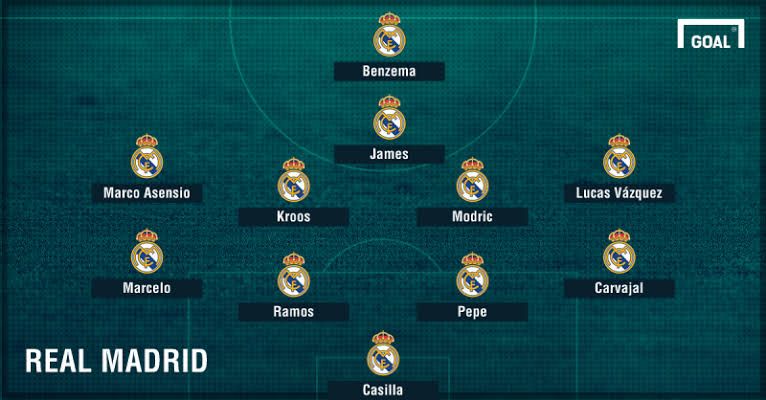
With James Rodriguez as the AM just behind the striker
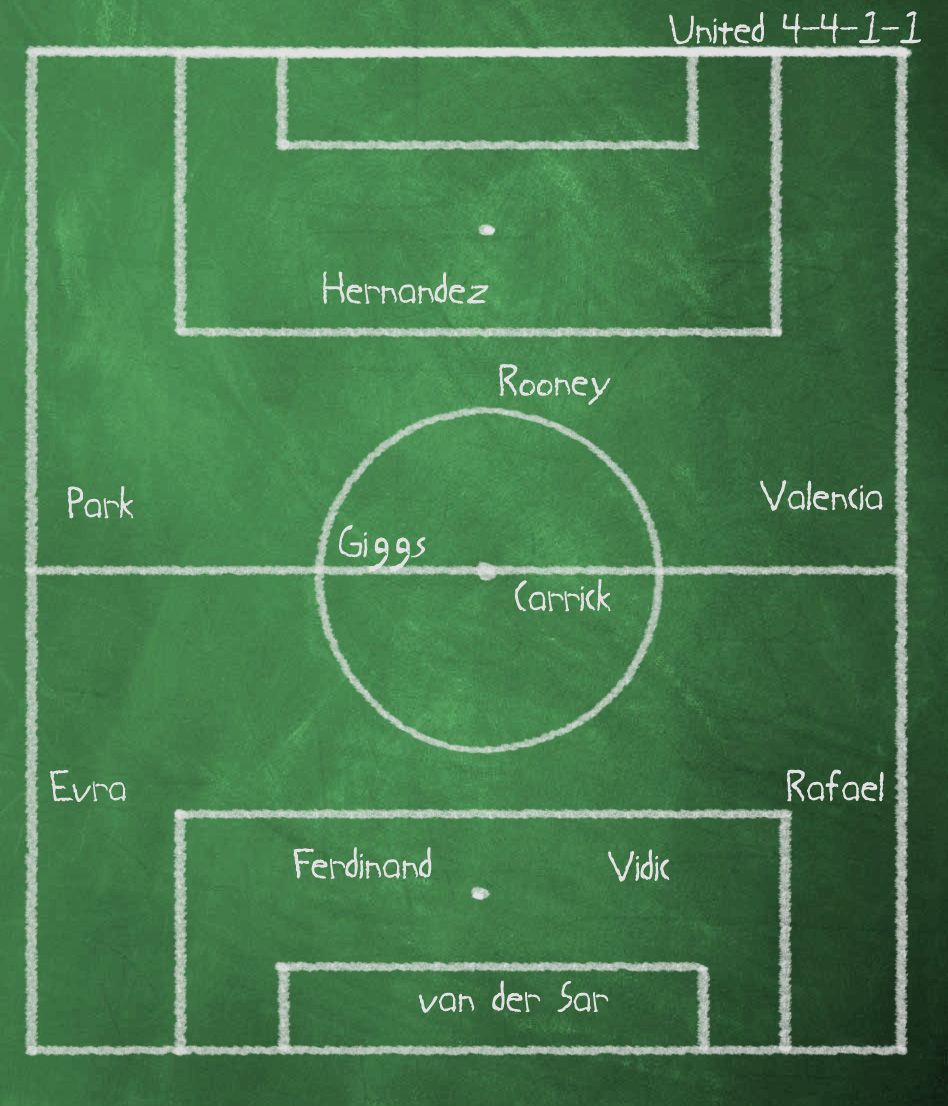
With Rooney as the SS beside the main striker
3. 4-4-2 DIAMOND :
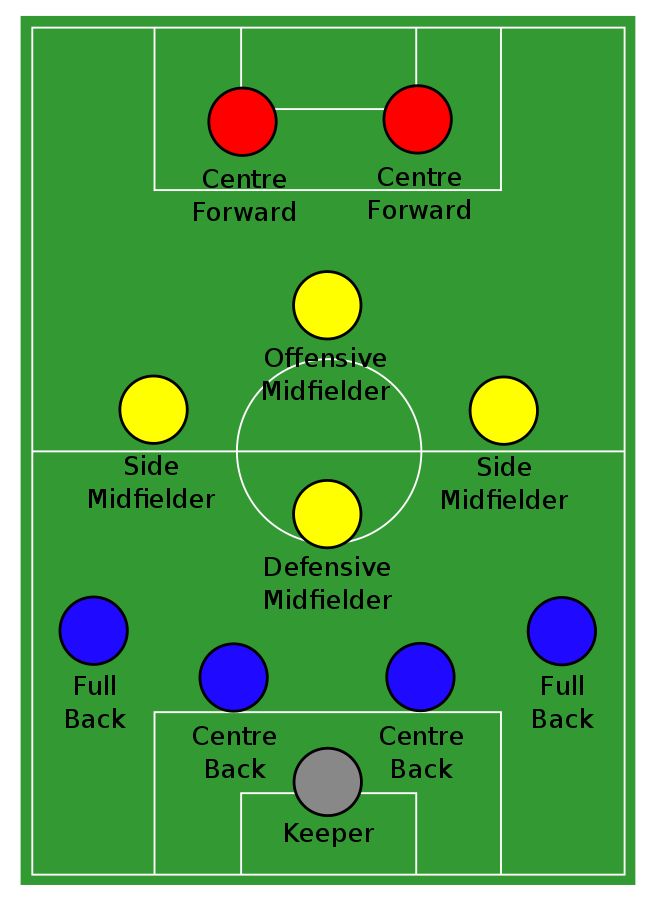
Unlike the above two types, the midfield here is not flat. The difference with 4-4-2 flat is that two wide midfielders are replaced with an attacking midfielder and a defensive midfieder. So, wing-play is generally inhibited because of lack of attacking options on the wings. The width in the team has to come from the full-backs pushing forward. The defensive midfielder is sometimes used as a deep lying playmaker, but needs to remain disciplined and protect the back four behind him. The central attacking midfielder is the creative player, responsible for picking up the ball, and distributing the ball wide to its full-backs or providing the two strikers with through balls. When out of possession, the midfield four must drop and assist the defence, while the two strikers must be free for the counter-attack. Hence, the attack has to come from the middle and the midfielders used are often masters of providing great through-balls. Teams relying on a good midfield are suitable to use this type.

With Isco as the CAM and Casemiro as the CDM
4. 4-2-2-2 :
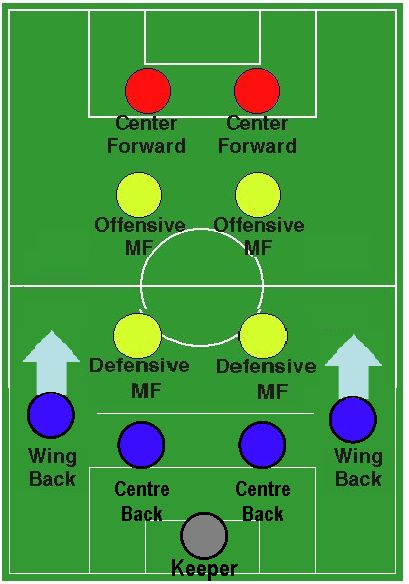
A less used type, it is also known as the "Magic Rectangle". Here, the two wide midfielders are replaced by two attacking midfielders. The two CM lie deeper and the AM play just ahead of them, in the gap between the deep lying midfielders and the strikers. The "Magic Rectangle" is formed by the two CM, AM and CF each. This provides a balance in the distribution of possible moves and adds a dynamic quality to midfield play. Even here, the attack lies through the middle and if the full-backs provide width in attack, the two CM provide shield in defending countrr attacks. This formation is uncommon as the opposition can easily target the wings to attack and thus there is a threat to the defence. The two AM may change their positions to wide midfielders while the opponent is in possession to strengthen the defence on flanks. Thus, the team attacks in a 4-2-2-2 and defends in a 4-4-2 flat. This is the general tactic when either diamond or rectangle 4 man-midfield is used. The combination of two AM as deep forwards and the two CF produces the goals for the team.
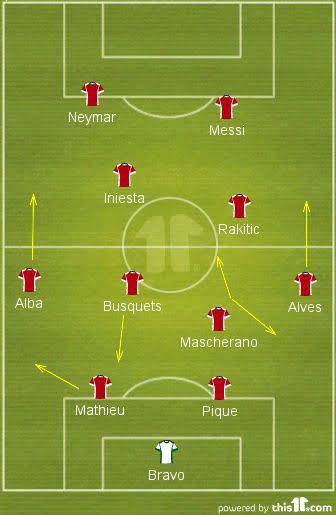
With Mascherano-Busquets as deep midfielders, Iniesta-Rakitic as AM, Neymar- Messi as forwards
These were the different types of using the 4-4-2 formation and the different tactics associated with the same. Peace ;)
